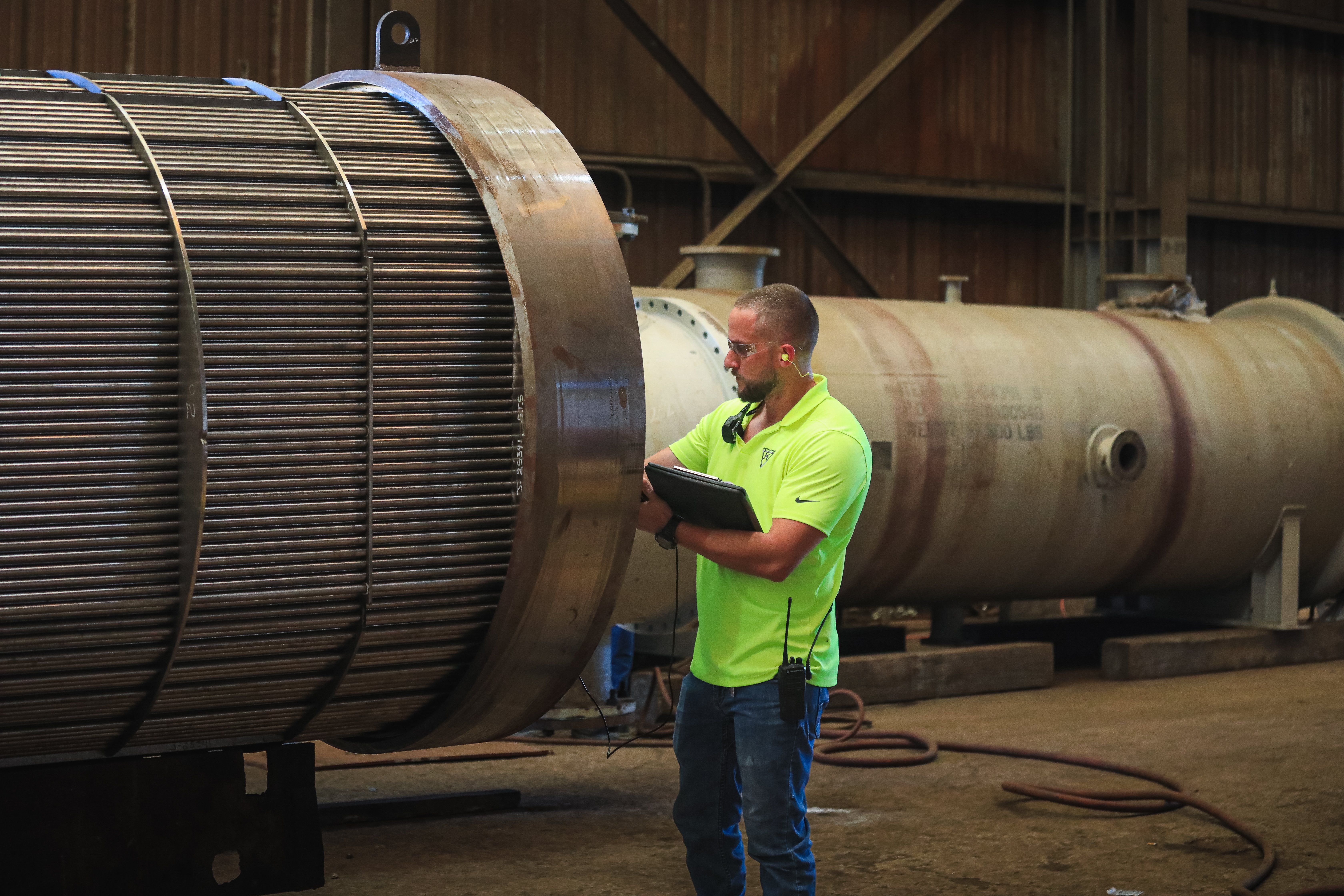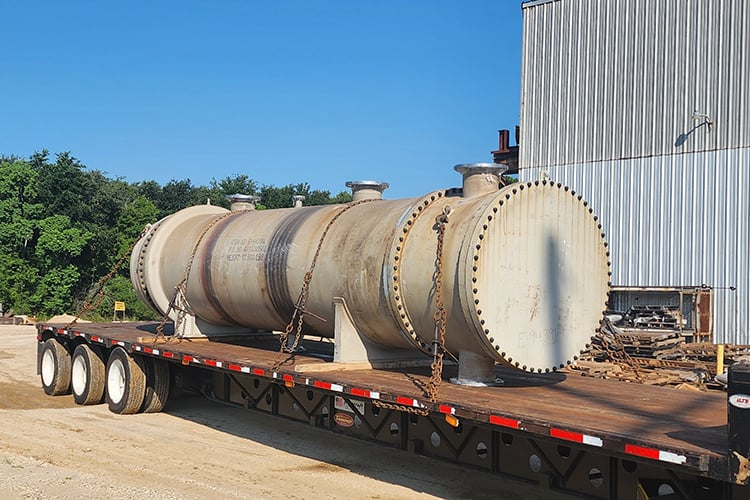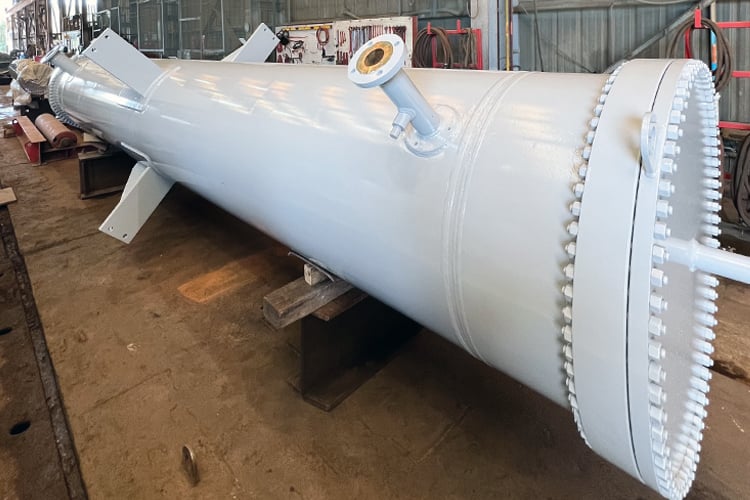Column Condenser AXM Shell & Tube Heat Exchangers Tube Replacement Turnaround Service
Tube Replacement for Shell & Tube Heat Exchangers in Propylene Oxide Production
1 min read
Admin : Oct 29, 2025 10:00:00 AM

Optimal Inspection Frequency for Heat Transfer Equipment: Ensuring Efficiency and Longevity
In the realm of heat exchangers, proactive maintenance and routine inspections are key to ensuring optimal performance and extending the lifespan of your equipment. As managers and engineers, understanding the appropriate inspection intervals for heat transfer equipment is crucial to maintaining operational efficiency and preventing costly downtime.
Why Regular Inspections Matter
Heat exchangers are vital components in various industrial processes, responsible for transferring heat between two or more fluids. Over time, factors such as fouling, corrosion, and mechanical stress can diminish their efficiency. Regular inspections help identify potential issues before they escalate, ensuring that your equipment continues to operate at peak performance.
Determining Inspection Frequency
The frequency of inspections depends on several factors, including the type of heat exchanger, operating conditions, and industry standards. Here’s a general guideline to help you establish an optimal inspection routine:
Key Inspection Areas
During inspections, focus on critical areas, such as:
To further enhance your maintenance strategy and ensure the longevity of your heat transfer equipment, download our comprehensive flipbook or contact us to talk with a heat transfer expert.
For more information download our Flipbook below:

Tube Replacement for Shell & Tube Heat Exchangers in Propylene Oxide Production
.jpg)
Project Success: AES Shell & Tube HX & Feed Effluent Reactors for Feed Effluent Reactors Metalforms LLC recently reached an important milestone with...

NEN Vertical Heat Exchangers in Propylene Manufacturing